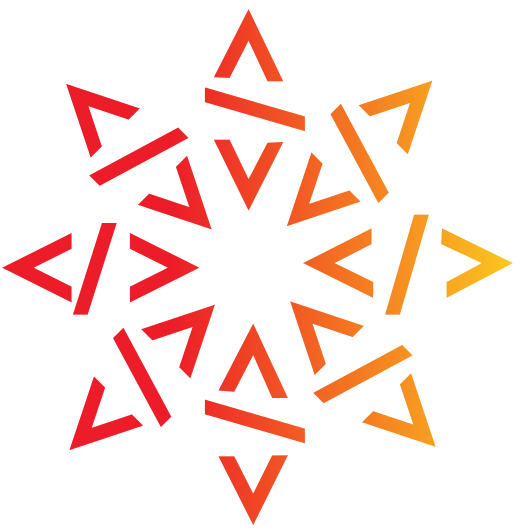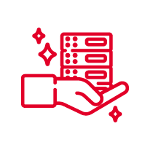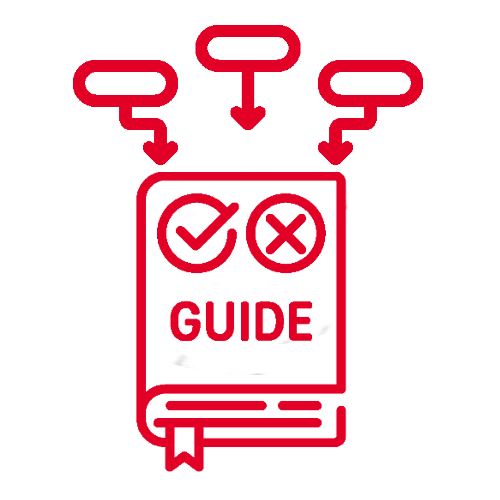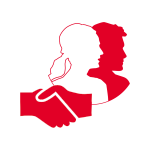An important mission
“[We call to] support efforts to gather and preserve the artifacts and narratives of the history of computing, while the earlier creators are still alive”
“Software is a form of literature, written by humans to be read by humans as well as machines.”
— Len Shustek, Computer History Museum
“The chief goal of my work as educator and author is to help people learn how to write beautiful programs.”
— Donald Ervin Knuth
“Programs are written for people to read, and only accessorily for machines to execute”
— Harold Abelson
The Software Heritage Acquisition Process (SWHAP)
Guiding you all along the journey
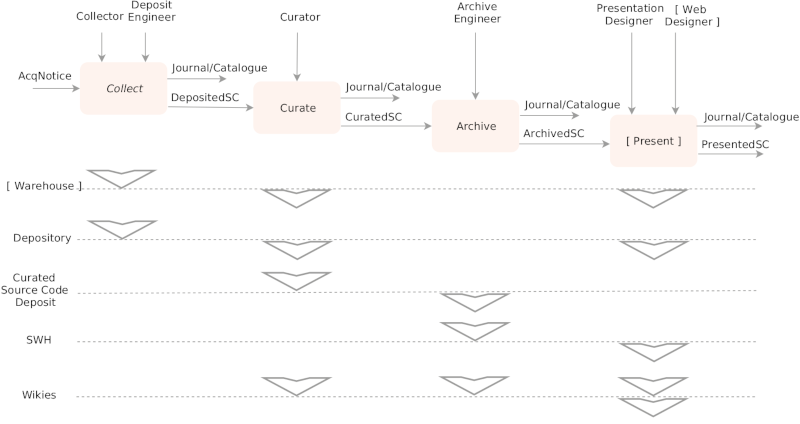
Recovering and curating landmark legacy source code requires significant human intervention, like in the seminal works on the history of Unix or the source code of the Apollo Guidance Computer. One has to cope with the variety of physical media where the source code may be stored, the multiple copies and versions that may be available, the potential input of the authors that are still alive, and the existence of ancillary materials like documentation, articles, books, technical reports, email exchanges.
The Software Heritage Acquisition Process (SWHAP) has been developed in collaboration with the University of Pisa, and provides detailed instructions to guide through all the steps needed to successfully curate the legacy source code you care about, and to archive it in Software Heritage.
There is not much time left, and so much precious source code to collect, curate and archive. You can contribute to this important mission: use the SWHAP process, and start your curation journey today!
Get the Guide
The latest version of Software Heritage Acquisition Process guidelines can be downloaded here.
Contribute to the Guide
The source code of the guide itself is available and distributed under a CC-BY 4.0 license. You are welcome to contribute to improve it.
Join the community
A mailing list for sharing information among rescue and curation teams is available, and you are welcome to join.
